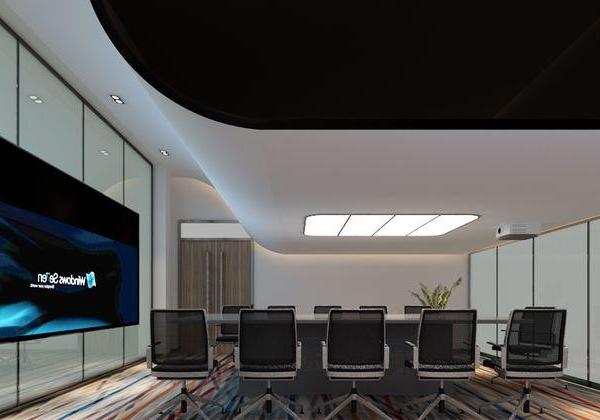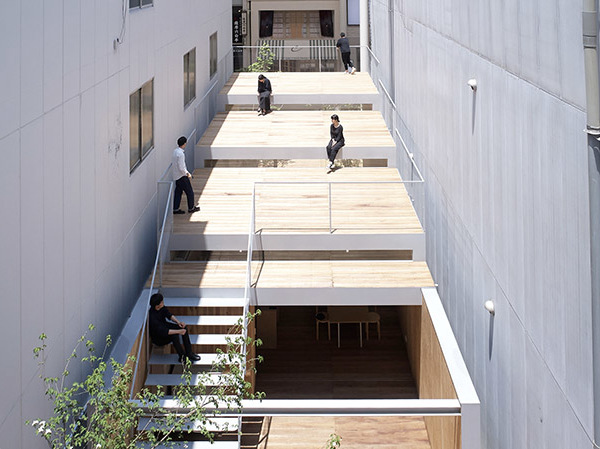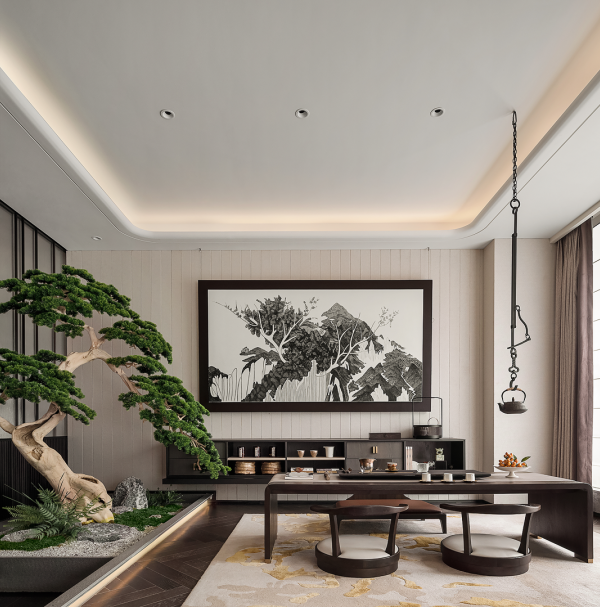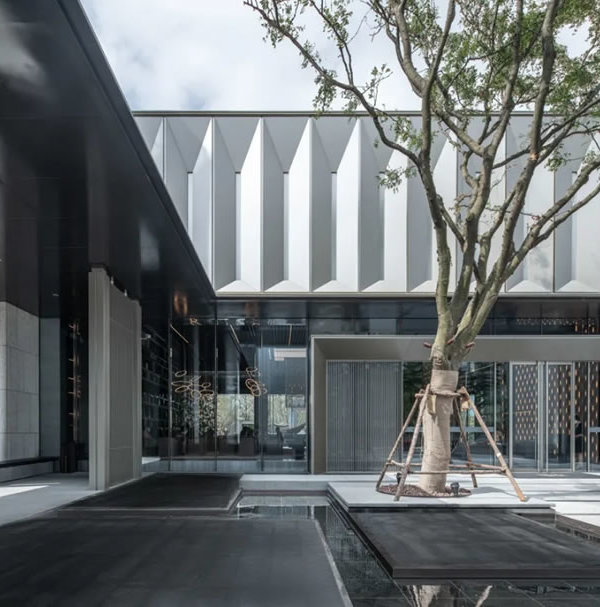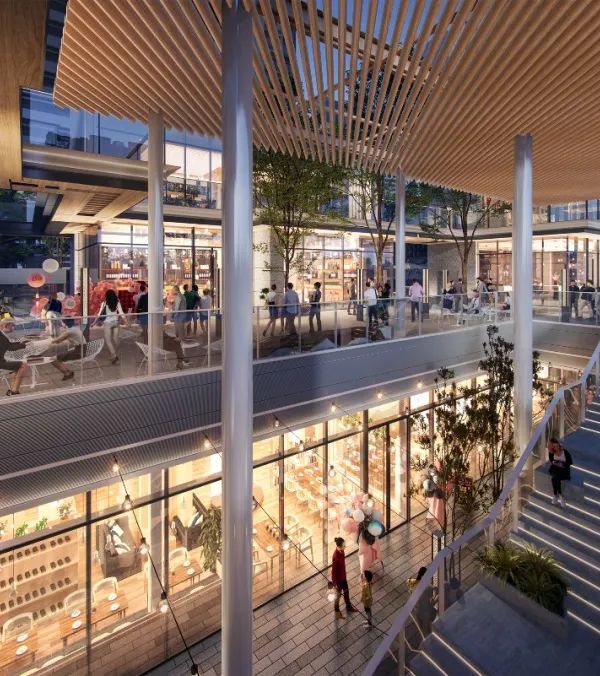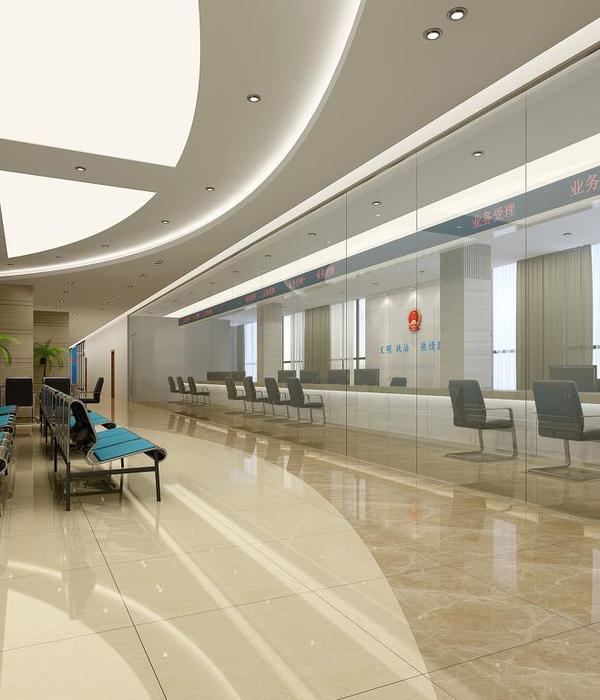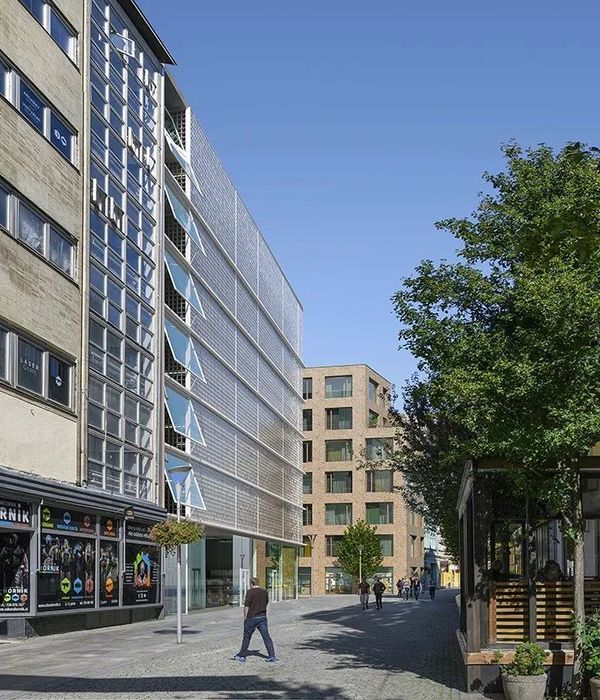非常感谢
sporaarchitects
Appreciation towards
sporaarchitects
for providing the following description:
Fövám tér地铁站和Szent Gellért tér地铁站可以算得上是布达佩斯最重要的基础设施项目。它们隶属于源于1980年的M4号地铁线,也是布达佩斯的第一根地铁线路。随着时代之轮的前进脚步,地铁也在不断的扩张和新建。相比古典浪漫的城市,设计师希望这两个地铁站能够成为完全不同的地下世界,能够成为极其新潮的地下公共空间。
Fövám tér地铁站和Szent Gellért tér地铁站都濒临多瑙河,承担和运转着来自电车,巴士,地铁,船运,汽车等多种交通工具的人流。建筑师希望阳光能够直达这样重要的地下节点,就在Fövám tér地铁站的地面交界处设置了晶体状的天窗。同时建筑师在两个地铁站中都采用骨骼系统式的混凝土结构,制造出十分壮观并具有象征意义的景象。
These two metro stations are part of the most important infrastructure project currently in Budapest, the M4 metro line. The original idea of the line was invented by the engineers in the 1980’s, about 30 years ago. It was a metro line designed according the thinking of that decade. Budapest’s first subway line, the „yellow line” called Kisföldalatti, was opened in 1896. This was the first underground railway in continental Europe and the world’s first electrically powered subway. It had been built in 21 months using the highest level of technology including a prefabricated structure of steel slabs. After a long period of time, there arose the possibility for another line to be built; this was the M2 or „red line”. The construction began in 1950 during the socialist era; after a long interval it was completed in 1973. This east-west line was built in a similar manner as the M4 plan, but the stations have been mined. This is typical of metro stations in Budapest. The construction of a new, north-south subway line was initiated in 1970. This was the M3; it was completed in 1990. The missing line, the M4, was conceived about that time, to provide a quick east –southwest public transport connection.
The new M4 metro line planned in Budapest is to connect South-Buda with the city centre of Pest which is the heart of Budapest. Ten stations are to be constructed in the first step along the 7,34 km-long line. In the last thirty years there hasn’t been such an ambitious development in regards to transport here in Budapest. Now, as time has passed, we are faced with a huge gap in technology The concept, thinking and previous plans for the M4 were made in the 80’s and 90’s with stations reflecting the way of thinking of the 70’s and 80’s. And yet now we will be opening these stations to passengers living well into the 21st century. Thus the most challenging aim for us was to rationalise the structures, architecture, technology and space as originally planned while at the same time re-thinking the project according to the 21st century’s spirit. One of the goals of the project will be to encourage people to use public transport. We believe that the architectural quality of the stations can be one of the tools used to get people to do this. The metro must be trendy. Budapest is a city of eclecticism, romanticism, and raditionalism; it is living in the past.
The M4 will be a different world, an underground world. It’s important to emphasise that it’s a public space – a public space under the ground.
The Szent Gellért tér station and the Fővám tér stations are twin stations; both are on the bank of the Danube. They are composed of a cut-and-cover box and tunnels. The box is supported by levels of reinforced concrete beams; the resulting structure is similar to a net, like a bone or skeletal system. The architectural and structural concept based on random beam grid and the underground bone texture combined with the organically implemented construction system were compatible without compromises with the often volatile and changing conditions of the planning and building processes. The Fővám tér station is more than a metro station; it is a complex traffic junction, an interchange spot for tramways, buses, metro, ships, cars and pedestrians, which altogether create a unique open public space above and under the ground. The station is a new multilevel city junction, gateway to the historic downtown of Budapest. The section of the underground space is proportional to the cross section of streets in Pest built in the 19th century. Playing on natural light has been an important aspect of our work; on the surface of Fővám tér we designed crystal shaped skylights over the station which let the sunlight reach the interior.
This project is a construction project conceived by the engineers of the 1980’s which will be realised in the 2010’s and used in the 21st century.
It is outdated in many ways. As an architect on this project, how do you procede? The result of the design process is a piranesian space above the platform (like Piranesi’s carceri serie) which is spectacular. The structure represents the nature of the project on a symbolic level. We can understand this as a horror vacui, structure without content wherein the content is the nothing itself. We simply designed the structure for a pre
-determined system intended to expand the line. The large underground space reflects this evolving stage. What we did was “raise the curtain” to show the structure and space of predetermined building technology. We took advantage of embedded potential; we created a public space under the ground which anybody can continue. The structural and social utopia of Yona Friedmann was also a source of inspiration during our process.
It’s important that it is seen to be a public space – a public space under the ground. And public activities are welcome in the stations even during the time of the construction. It is the opportunity of a common ground on which people may share and live and travel.
Fövám tér
Fövám tér地铁站
Fövám tér地铁站采用了复杂的结构体系以满足滨河地段和施工现场的要求。最终有三个层次的钢筋混凝土梁穿梭其中,虽然让人眼花缭乱但却具有统一感与壮观性。该站位于市中心,是一个复杂的交通枢纽,承担了多种交通方式的转换。 车站的地面入口处设置了一系列有机晶体状的天窗,阳光倾泻而下,洒落在电梯切出的“深谷”里,透过层层混凝土结构的空隙,到达地底世界深处。
Only a complex structural system could fulfil the requirements emerging from the proximity of the Danube and the given construction site. On that reason, Fővám tér station is composed of a cut-and-cover box and tunnels. The box is supported by three levels of reinforced concrete beams, the structure of which are similar to a net. There are three layers of this network, which keep the walls of the box like a bone-structure.
The design of the box is determined by this sight of concrete net-structure. In the other part the tunnels have a curved cross section. The walls and the columns will be covered with mosaic tiles.
The complexity of the structure is even greater, since here a new tunnel for the tramline and a new pedestrian subway was constructed.The Fővám tér station is more than a metro station; it is a complex traffic junction, an interchange spot for tramways, buses, metro, ships, cars and pedestrians, which altogether create a unique open public space above and under the ground. The station is a new multilevel city junction, gateway to the historic downtown of Budapest. Due to the construction technology, huge rooms have been created in the inner spaces of the stations. The section of the underground space is proportional to the cross section of streets in Pest built in the 19th century, so the station can be interpreted as an inverse street or square under the surface. Playing on natural light has been an important aspect of our work; on the surface of Fővám tér we designed crystal shaped skylights over the station which let the sunlight reach the interior emphasizing the unique character of the beam network.
Szent Gellért tér
Szent Gellért tér地铁站
Szent Gellért tér地铁站是布达佩斯所有地铁站中位置最深的一个。内部弯曲的隧道和柱子上面覆盖了绚丽的马赛克艺术壁画。因为其的深度,在地铁上方建立了直达地面的NAT式箱式建筑构造,人们先上电梯到达混凝土与耐候钢组成的转换厅,然后在乘电梯经过长长的耐候钢板包裹的通道到达地面。
The Szent Gellért tér station and the Fővám tér stations are twin stations. They are composed of a cut-and-cover box and tunnels. The box is supported by levels of reinforced concrete beams; the resulting structure is similar to a net, like a bone or skeletal system. The architectural and structural concept based on random beam grid and the underground bone texture combined with the organically implemented construction system were compatible without compromises with the often volatile and changing conditions of the planning and building processes.
Szent Gellért tér station is one of the deepest stations of the line; it is situated below the bank of river Danube on the Buda side, the surface area being part of the UNESCO World Heritage. The station is in a very special situation, because of its place in the city and because of the Duna River and the Gellért Hill. Structural design of the station is determined by the vertical alignment of the line. The depth of the platform level is 36 ms
from the surface. The station is divided into two main structural parts, requiring two different building methods. Below the Mûegyetem (Polytechnic) embankment there is a box structure built in an open pit from the surface. The other part of the station is under an existing building, it was built by NAT method. The box will be supported by three levels of reinforced concrete beams. The design of the box is determined by this visible concrete net-structure. In the main front of the box, which is a concrete wall covered with corten steel, run two elevators with glass walls faced to the inside, in order to connect both visually and physically the parts of the building with the surface.
The other part the tunnels have curved cross section. The walls and the columns will be covered with mosaic tiles artwork reflecting to the Zsolnai ceramic tiles of Gellért hotel, which is nearby the site.
MORE:
sporaarchitects
,更多请至:
{{item.text_origin}}



